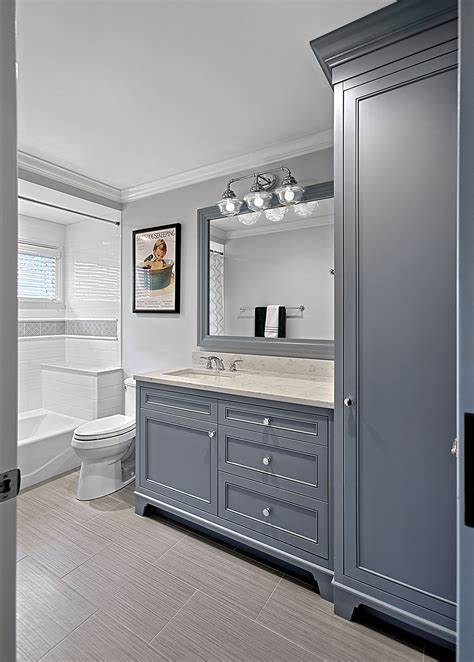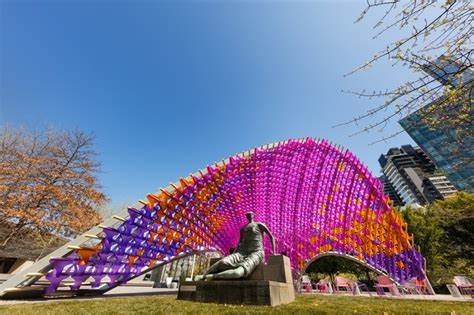In the realm of architectural creation, the art of building architecture drawing stands as a pivotal bridge between conceptualization and realization. This article embarks on a journey to explore the significance, techniques, and intricate process of translating architectural visions into tangible building plans.
Contents
- 1 The Essence of Building Architecture Drawing
- 2 Significance Blueprint of Vision
- 3 Techniques From Pencil to Pixel
- 4 Navigating Complexity Types of Building Architecture Drawings
- 5 Integration The Language of Building Design
- 6 The Dance of Imagination and Reality
- 7 The Future of Building Architecture Drawing
The Essence of Building Architecture Drawing
Building architecture drawing is more than just lines on paper; it’s the language through which architects communicate their ideas. It serves as a roadmap that guides builders in transforming imagination into brick-and-mortar reality. From the grandeur of skyscrapers to the intimacy of homes, every architectural marvel begins with a drawing that outlines its form, function, and aesthetic.
Read Also: Exploring the Essence of Axonometric Architecture Drawing Where Vision Takes Form
Significance Blueprint of Vision
At its core, building architecture drawing is the blueprint of a visionary journey. It captures the architect’s conceptual brilliance in a tangible form that builders, engineers, and stakeholders can comprehend. These drawings encompass not only the physical structure but also the intricate details that breathe life into a space – from the placement of windows to the flow of natural light.
Techniques From Pencil to Pixel
Building architecture drawing has evolved with the advent of technology, transitioning from traditional hand-drawn sketches to sophisticated digital renderings. Architects now harness computer-aided design (CAD) software to create intricate, detailed drawings that can be easily modified and shared. However, the essence of precision and attention to detail remains unchanged, regardless of the medium.
Within the realm of building architecture drawing, various types offer specialized perspectives. Floor plans unveil the layout of spaces, illustrating room arrangement and traffic flow. Elevations showcase the vertical facets of a structure, capturing its exterior appearance. Sections dissect the building, revealing what’s hidden behind walls and beneath the surface. Together, these drawings provide a comprehensive view of the architectural vision.
Integration The Language of Building Design
The keyword “building architecture drawing” carries the weight of architectural communication. Architects and designers who incorporate this keyword into their work emphasize the importance of detailed representation. It becomes a signifier of their commitment to clarity and precision, showcasing their ability to guide construction through meticulous planning.
The Dance of Imagination and Reality
Building architecture drawing is where imagination dances with reality. It’s the moment when the architect’s vision transitions from abstract ideas to concrete plans. It requires a delicate balance between creativity and functionality. Every line, curve, and annotation contributes to the narrative of the structure, telling a story that extends beyond aesthetics – a story of stability, safety, and human interaction.
The Future of Building Architecture Drawing
As technology advances, building architecture drawings continues to evolve. Virtual reality and augmented reality technologies enable stakeholders to immerse themselves in the proposed designs, experiencing the spaces before they’re built. Yet, amidst these advancements, the core principles of translating vision into plan remain timeless, ensuring that every innovation is built on a strong foundation.
In conclusion, building architecture drawings the cornerstone of architectural creation. It’s a testament to human ingenuity, where ideas take tangible form and dreams become tangible structures. In its lines and symbols, we find the bridge that connects the architects of today to the builders of tomorrow.






















